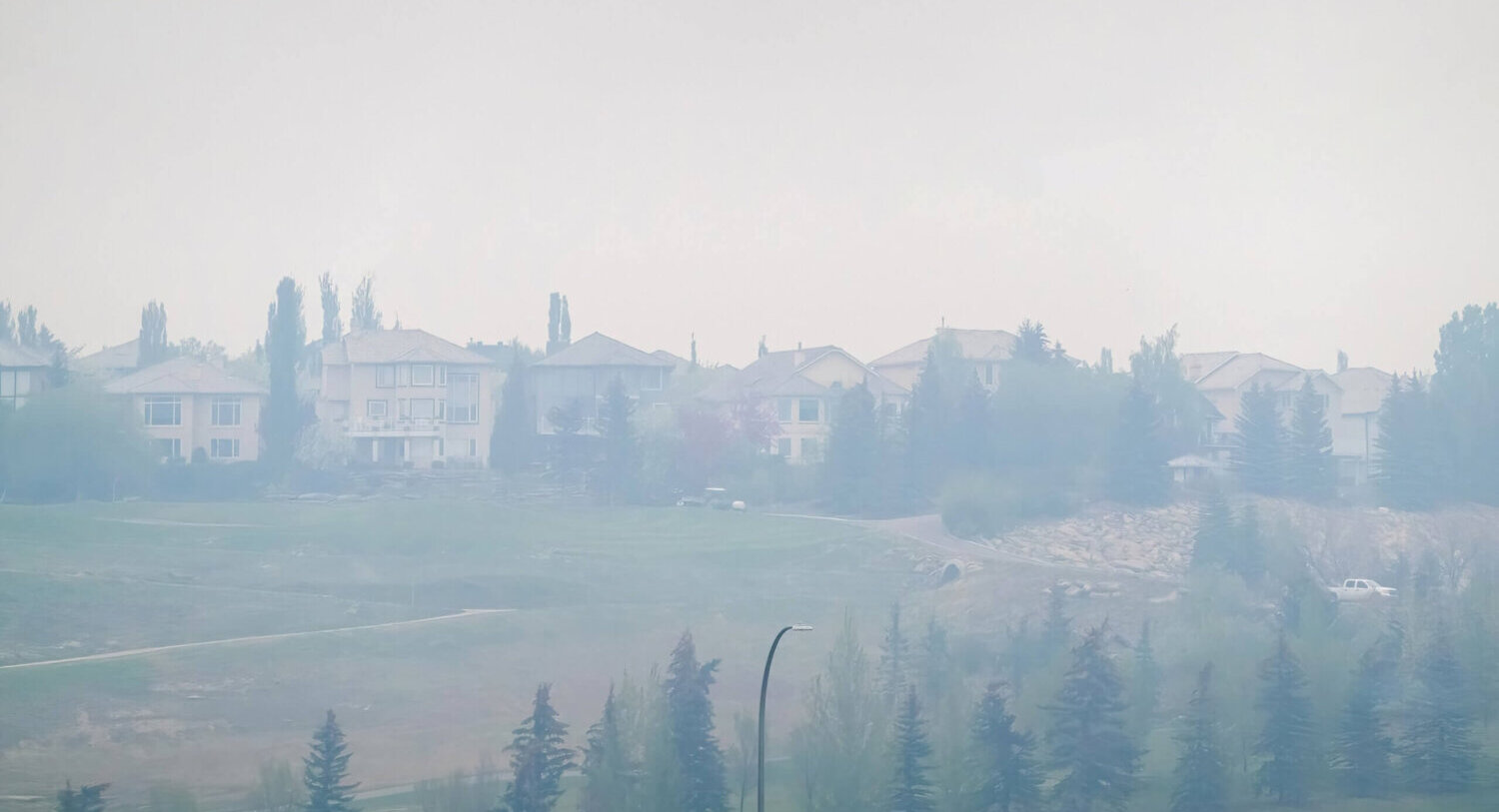By Carla Ladner, P.Eng.
Wildfires can cause total devastation to properties, and widespread evacuations are often ordered to ensure the safety of those living and working in the immediate area of the fire.

When returning home following a wildfire evacuation, most owners inspect their property carefully and may identify damage that was actually a pre-existing issue that simply had not been identified before. In CEP Forensic’s experience in dealing with post-wildfire insurance claims, the following property-related issues are some of the most common following a wildfire evacuation:
- Damage to Exterior Finishes
Damage to the exterior cladding (melted siding, rapid shrinkage of caulking, warped fascia or soffits) is often the first damage identified upon return to a property. Such damage can occur if the wildfire perimeter extends very close to a given property. This damage is obvious and can be easily visually identified. The distance to the fire perimeter required for such damage would depend on numerous factors (wood, material consumed, external air temperature, etc.) and would need to be evaluated on a case-by-case basis.
- Cracking to Interior Finishes
The reporting of cracked interior finishes is also common, but such cracking does not occur because of an evacuation any more than it would during a vacation. The exception may be if the fire was in direct proximity (very close) to the building, in which case cracks around drywall mud, separation of caulking or damage to other heat susceptible finishes may occur due to sudden thermal changes. In that case, signs of direct heat-related damage (as mentioned above) would also be present on the exterior of the building.
- Roofing Issues
A wildfire can result in various damage to roofing components, depending on the type of roofing material and existing condition of the roof. Specifically, large (hot) embers can deteriorate asphalt shingles, wood shakes, metal roofing or most roofing membranes. Further, fire fighting efforts may also affect various roofing components. Water bombing or other fire fighting measures taken may impact a building’s exterior finishes, and specifically, roofing components, although these activities are more likely to affect an ageing roof.
- Foundation Movement
Foundation movement due to a wildfire is unlikely unless other circumstances are present. For example, during a prolonged power outage, most basement sump pumps would be out of service (as they are powered by electricity). In this circumstance, moisture could accumulate in the soil adjacent to a subject foundation, thereby imparting a hydrostatic pressure on a foundation wall. Wood foundations and concrete masonry (CMU) foundations are particularly susceptible to movement under hydrostatic pressure. A sump pump outage can also result in moisture ingress into a basement and depending on the soil, water accumulation can affect foundation bearing capacities, resulting in movement (but this is usually minor).
- Foundation Cracks
Heat from wildfires can deteriorate concrete by causing thermal expansion cracks, spalling, and discolouration. Such damage is usually accompanied by damage to wooden and plastic elements, since the heat required to damage concrete is higher than the other elements. Furthermore, because heat rises, damage tends to be more severe to the upper elements of a building, like the roof and walls, rather than the foundation. Owners can sometimes mistake older cracks for new cracks caused by the fire, so these must be evaluated on a case-by-case basis.
- Direct Structural Damage
Partial fire-related damage can occur in certain circumstances but, often wildfires burn so fast and so hot that once a wildfire reaches a structure, total loss of the building, including the foundation is the result.
Structural damage due to fire fighting efforts can occur, depending on the measures employed by the emergency responders. For example, creation of a fire break on a rapid basis can result in vibration-related damage or even removal of certain building components on a given property.
Other structural damage, such as widening of pre-existing checking cracks in wood members due to rapid drying of the material, can occur and must be evaluated on a case-by-case basis.
- Environmental Issues
As wildfires, particularly those reaching urban areas, consume everything around them, airborne particles and soot left behind can be hazardous. Further, odours in nearby buildings may require remediation. In extreme cases, measures such as intensive cleaning, replacement of attic insulation, smoke sealing and more may be necessary.
Experts at CEP Forensic have experience in identifying direct and indirect damage related to wildfires, firefighting activities and issues resulting from lengthy evacuations and our CAT team remains available to resolve wildfire-related claims across the country.
